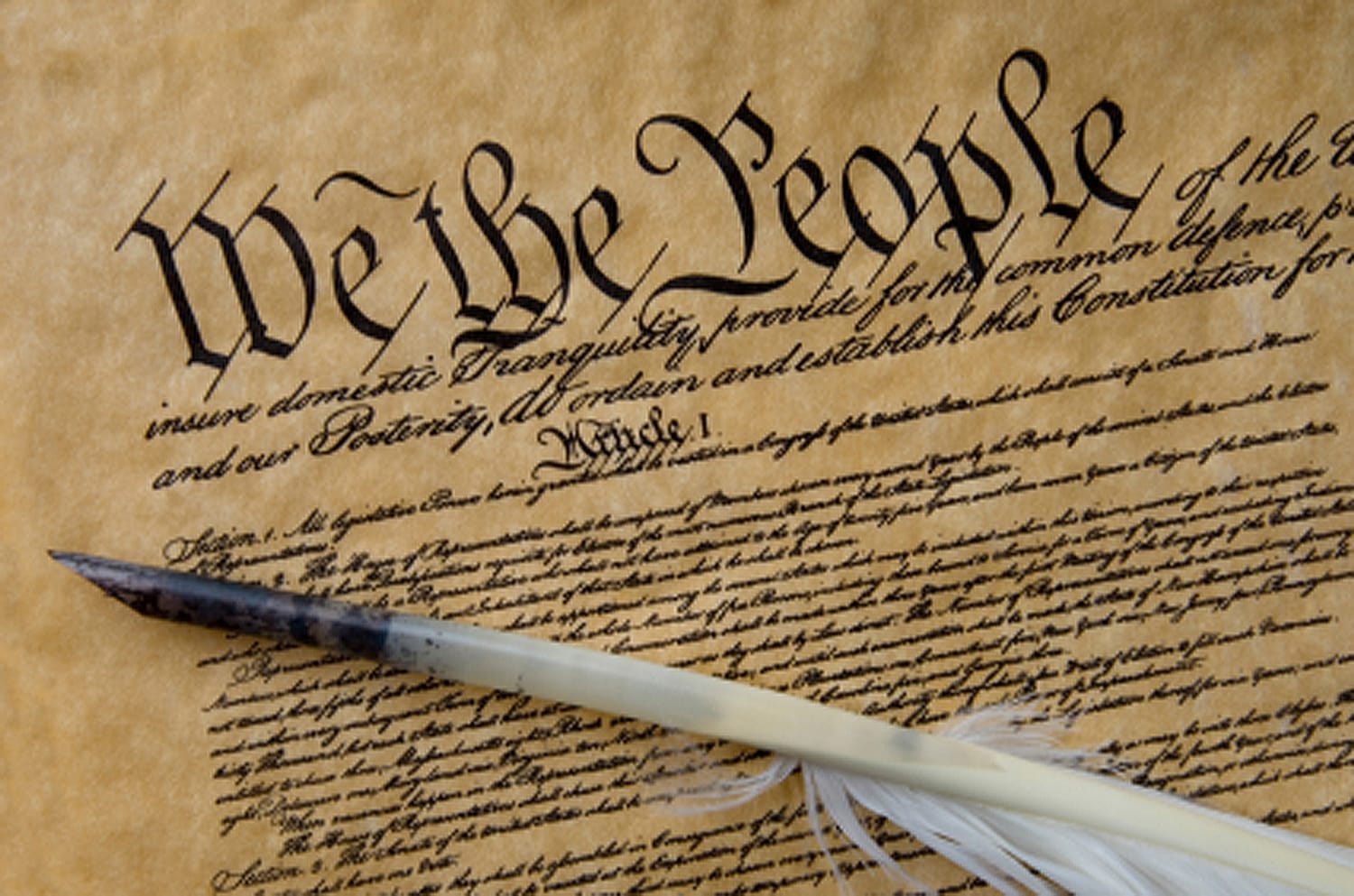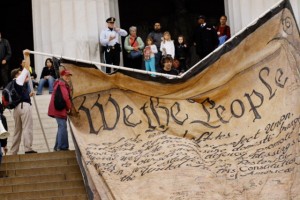
On this day in 1787, the United States Constitution was signed by 39 delegates in Philadelphia as it was sent on its way to the thirteen states for ratification. After rigorous debate in the states, this incredible document was ratified, officially creating a government that was based on the rule of law, not the rule of man. Today we celebrate this important moment in American history as a day when the revolutionary ideas of liberty and freedom, and a government by the people, overcame tyranny and oppression. Today we celebrate the Constitution.
Happy Constitution Day!
Rep. Scott Garrett
7 Things You May Not Know About the Constitutional Convention
SEPTEMBER 17, 2012 By Christopher Klein
For four months during the summer of 1787, the Constitutional Convention met “in order to form a more perfect union.” With the country’s legal framework finally drafted, the framers of the Constitution signed the document on September 17, 1787, before sending it to the states for ratification. Explore seven surprising facts about the delegates to the Constitutional Convention and their work in Philadelphia.

